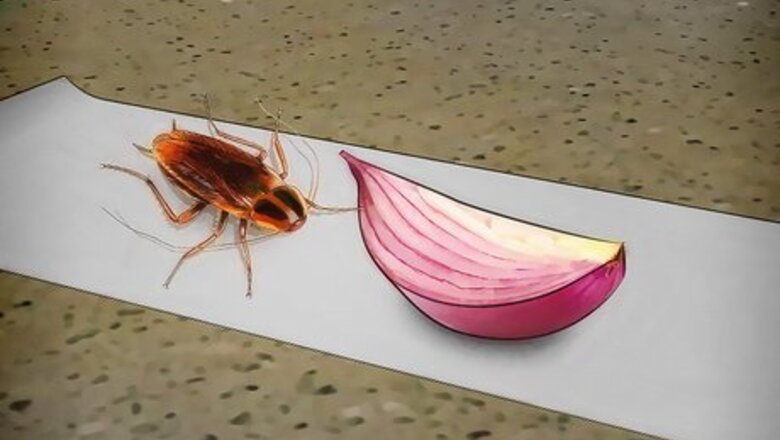
views
X
Research source
Trapping Roaches with Duct Tape
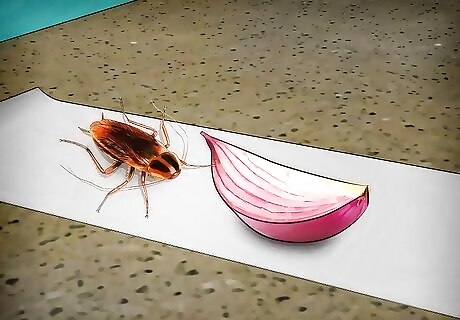
Try making a duct tape trap. The premise of this strategy is simple: you'll need bait to attract the cockroaches, and adhesive to hold them there. This trap can be difficult to move once you have set it, but it's simple to make, and you may yield a high reward for relatively little effort. You can also find adhesive-based traps, if you prefer to buy them. Look online or in a home-and-garden store, or ask your local exterminators for advice.

Get a roll of duct tape. Make sure that the tape is fresh and sticky – otherwise the cockroaches can easily struggle free and escape. You can use alternatives to duct tape, but make sure that they are powerfully adhesive. Scotch tape will not work, nor masking tape; your trap must be able to hold the roaches until you are able to remove them from your home.
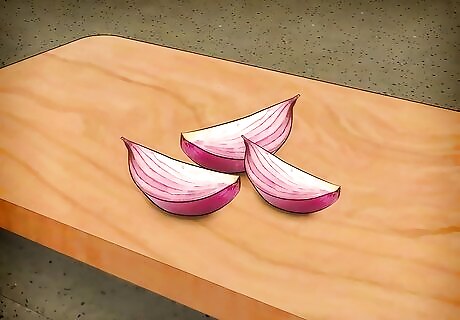
Choose your bait. Anything with a powerfully sweet or oily smell will work. Onion is a common choice, although you can use anything fragrant. Try using a small strip of fresh banana peel or sweet, overripe fruit. You can also use a small piece of bread. If you have noticed the cockroaches in your house being attracted to a specific food, try using that as bait. If you must outright kill the cockroaches, you can buy gel baits spiked with active ingredients that poison the insects. Bear in mind, however, that these are not always attractive to roaches, and that they may not be as effective as advertised. Contact a home-and-garden store or pest-control center. Make sure to only use a small portion of your chosen bait. If the bait spills over the edge of the tape, there will be little motivation for the roaches to get themselves stuck. Slice the onion, fruit, or other food into a small but substantial chunk.

Set the bait. Place the onion, fruit, etc. in the center of your sticky tape. Make sure that it is stable, and that it will not fall over.
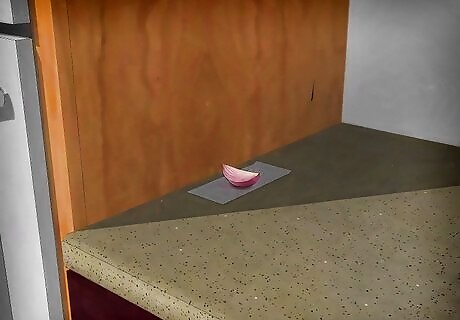
Set your trap. Leave the tape in an area where you've been finding a lot of cockroaches: a kitchen, perhaps, or a dark corner, or near a hole in a wall. Bear in mind that you will need to do something with these roaches afterwards – they will be stuck to the tape, helpless, and you will need to find a way to remove them or dispose of them without setting them free. Try putting the trap in a high place – like the top of your kitchen cabinets, or the top of your refrigerator. Roaches like to scurry in high places.

Wait. Cockroaches love the dark, and they tend to do most of their foraging at night. Leave the trap where it is overnight, and do not disturb it until the morning. When you check the trap in the morning, you should find a lot of roaches on it. To get rid of the cockroaches, you can either kill them or release them humanely. To release the cockroaches humanely, pick up the duct tape and take it outside. Bring it at least 100 feet from your home, then shake off the roaches and dispose of the tape. If you don't want to handle the trap with your bare hands, wear gloves or use a dustpan. Alternatively, place a box over the tape to enclose the trap, then slide a piece of paper underneath to hold the roaches in place while you bring them outside. If you're going to kill the cockroaches, you can simply dispose of the duct tape with the roaches attached. Make sure to close up the bag or bin properly as soon as the insects are inside – otherwise they may crawl out and escape, rendering your efforts useless!
Catching Cockroaches in a Jar
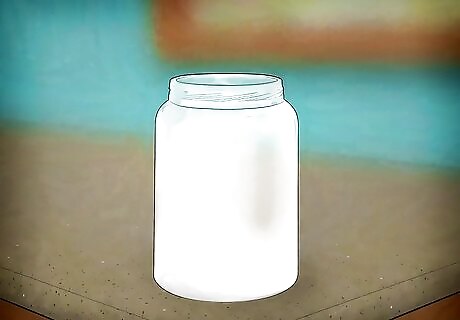
Try trapping cockroaches inside a jar. This method is safe for children and pets, and it is easier to move than a strip of duct tape. Find a quart-size mason jar that has a very slight bottleneck, like a mayonnaise or spaghetti sauce jar.
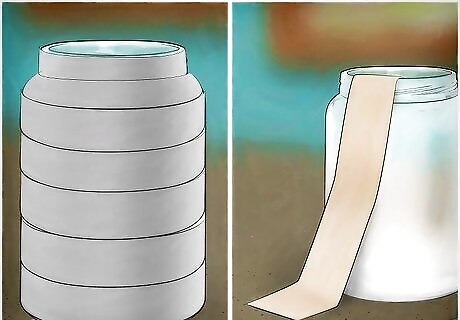
Give the cockroaches a way to climb into the jar. Wrap masking or duct tape (sticky-side facing the jar) all around the outer walls so the roaches have enough traction to climb up the sides. Alternatively, place the jar near a small ramp or rim so that cockroaches can easily find their way inside.
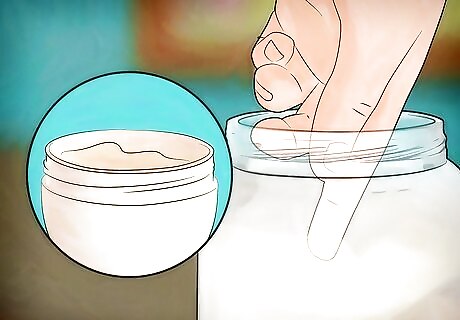
Make the inside of the jar slippery. Coat the inside with petroleum jelly (like Vaseline), at least four inches down from the top. This way, the roaches won't be able to get any traction when they try to climb back out of the jar. Consider mixing the petroleum jelly with gel bait to kill the cockroaches on contact – but bear in mind that gel bait is prone to drying out. A healthy increment of petroleum jelly with retain its oily moisture for as long as you need to catch your roaches.
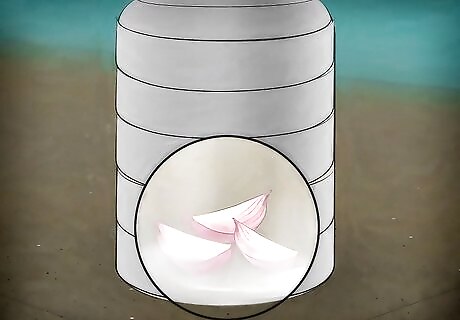
Bait the trap. Put something smelly in the bottom of the jar to attract the cockroaches. A piece of banana peel or fragrant, overripe fruit works well, and some people advocate the use of onion slices. Just make sure that the bait is not too large that the cockroaches could use it to climb out of the jar! Try pouring some beer or red wine into the jar – just enough to drown the roaches. Fruit juices, sweet sodas, and sugar water work well. These sweetly-scented beverages will attract the cockroaches, then trap them forever.
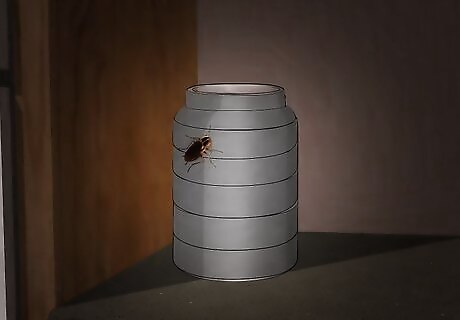
Set the trap. Place the jar anywhere that you have a roach problem, and make sure that there is room on the sides for the roaches to crawl into the jar. The idea here is that the roaches will climb up and fall into the jar, where they won't be able to get out. Try leaving the jar in an enclosed space, like a closet, a garage, or a stuffy corner. The cloying smell of the bait will fill the air and attract hungry cockroaches into your trap.
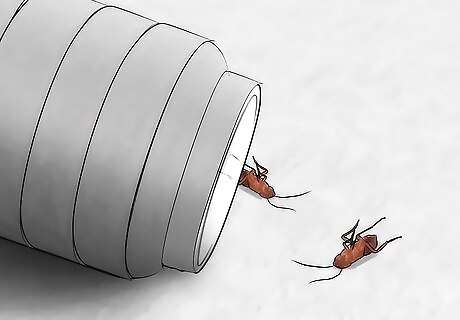
Empty the trap. Leave the jar out overnight—or even for a few days—until it has collected a good amount of roaches. Eventually, pour some boiling water into the jar to kill any surviving roaches. Flush them down the toilet or put them into a compost bin. Set the trap again to make sure that you've solved your roach problem. Replace the petroleum jelly and add a new piece of bait. Repeat as needed.
Trapping Roaches in a Bottle
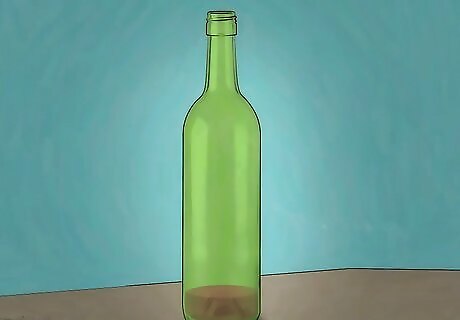
Try catching cockroaches with a red wine bottle. First, find a near-empty bottle. The glass or container design is essential, however (tall, cylindrical containers, narrow-mouthed bottles, etc), as it should stop the roaches from climbing out of it. Any tall bottle with a narrow neck will do. It will need to have at least a few teaspoons of wine left in it. If it is a dry red wine, add a quarter teaspoon of sugar and swish it around. If you don't want to use alcohol, try some sugar and water with a bit of fruit, or just experiment. Boil the water first and let it cool to stop the concoction from going moldy before it has done its work on the cockroaches.

Smear some cooking oil all around the inside of the top of the bottle. This will make a slippery slide to the bottom of the bottle. Alternatively, use a pipe cleaner or another long-handled brushing tool to spread petroleum jelly inside the bottle, just below the neck. This will make it hard for fallen roaches to gain traction when climbing back up.
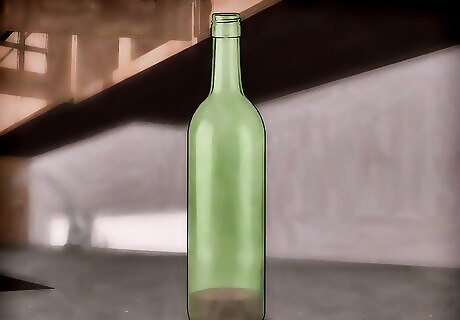
Set the trap. Place the wine bottle in a spot where you have noticed some cockroaches, such as near the compost heap, for instance, or in a dark corner of your kitchen. Leave it out for at least one night. Bear in mind that it may take a few nights to ferment to the right composition to attract the critters. The roaches are attracted to the sweet smell of wine or beer. They climb to the top of the bottle, then slip on the oil and fall into the bottom, where they won't be able to get out. Consider making a "trail" of spilled wine up the side of the bottle. This may help lead the cockroaches into your trap with the promise of sweeter things to come.
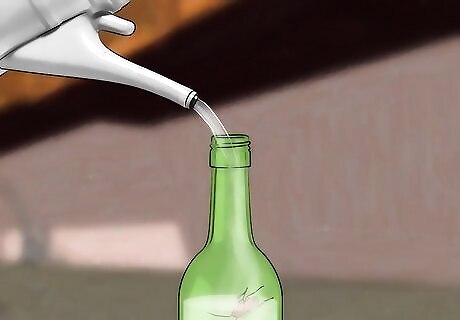
Dispose of the roaches. When you check your trap in the morning and find cockroaches in the bottom of the bottle, carefully pour some boiling water into the bottle to kill them. Leave the hot water in the bottle for a minute or two to make sure that it's worked – cockroaches are resilient creatures. Dispose of the dead roaches by pouring the hot water from the bottle into a garden, a compost heap, or into a toilet. If one bottle doesn't solve your roach infestation, keep trying. You can set the trap with a new bottle every few days. Over time, the number of caught roaches should decrease as there are less insects around to fall into your trap. Try pairing the wine-bottle method with the jar and duct-tape methods. Set different traps in different areas of your home, then observe which one works best. Consider that one trap may be catching more cockroaches due to its location or its bait type – not necessarily because of its trapping mechanism.




















Comments
0 comment